Description
Polypodium x mantoniae ‘Cornubiense’
The polypody ferns are easy to grow and suit all kinds of situations. Polypodium interjectum ‘Cornubiense’ is a beautiful pale green spreading fern with lacy fronds which look gorgeous all winter. The pinnae are all overlapping in such a way that there is a general lacy overall impression. The taxonomy of the Polypodies is somewhat muddled but it is likely that this is a sterile hybrid between the Southern Polypody, Polypodium cambricum , and the Common Polypody, Polypodium vulgare. It is often bears two types of fronds on the same plant without ever reverting to either of them. It is evergreen and looks at its very best between July and February. Thereafter the Winter weather can leave its mark on the foliage and the new fronds do not reappear until mid Summer, when they come back in such a bright fresh green, gradually darkening from the centre. It still looks fresh and lovely in October. It grows about 30cm high and slowly spreads to form excellent groundcover. Its sterile nature means it can only be propagated by division.
Ferns
The cultivation of ferns is a huge subject, way beyond the scope of the few words I will write here. However I’ll do my best to give some notes on each genus and its peculiarities of cultivation and any other information that strikes me as interesting.
The craze for growing ferns originates in the Victorian age, gaining momentum in the latter half of the 19th Century. Fuelled by and explosion of literature Victorians went forth into the countryside to study and collect native specimens by the armful. Just as there was huge interest, so a multitude of varieties and variations were spotted, collected and names. Many, many are now lost, but some still remain and can frequently be identified by the now outlawed Latinised cultivar names such as Polystichum setiferum ‘Plumosum Densum’.
Whilst most ferns enjoy misture and a soil that never dries out completely, the requirement for water is not as necessary as many might believe. In fact, the list of ferns that enjoy a boggy site is probably much smaller than a list of those that will tolerate a dry site. Athyrium, Osmunda and Matteuccia are amongst the wettest lovers. Try these pages for more information on moisture requirements.
A generalisation would be that ferns like a fertile soil with good drainage. Many grow very well on shady banks. They frequently do best in bright shade, with most ferns being able to take a reasonable amount of sun providing that they do not endure full sun during the middle of the day. Asplenium is perhaps the most notable exception, with its leaves sometimes scorching.
As regards PH, most ferns will grow quite happily in any soil that doesn’t have and extreme of either acidity or alkalinity. If you were to rank them, Dryopteris, Athyrium and Osmunda would prefer a soil on the acid side, with Polystichum and Asplenium preferring in t alkaline. This however should be taken a s a guide not a strict prescription.
So to sum up, provided you can avoid a sunny South facing bank, or dry site on sand, you are likely to have success with ferns in a wide range of positions and soils. You might like to look at the following two pages to help refine your choices.
Polypodys are ferns of dry sites with good drainage. In the wild they are frequently to be found growing in and around the hedge base on banks and in more humid areas growing as epiphytes on the branches of trees. They like good air circulation. They can make excellent ground cover, the rhizomes making a near impenetrable mat above which is a lovely fresh green carpet of fronds. They tend towards evergreen but in really cold seasons the fronds can dry in place and linger.
Polypodium derives from the Greek ‘ploys’ = many and ‘podos’ = foot, a reference to the branching of the rhizome



















































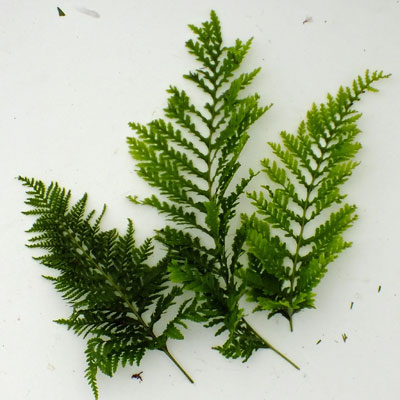
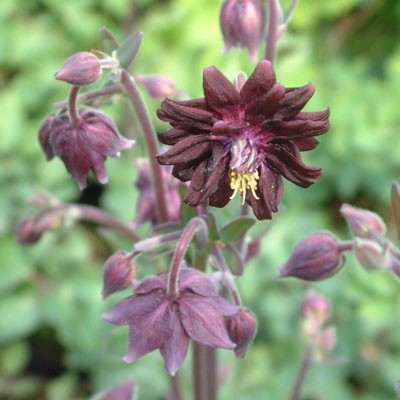
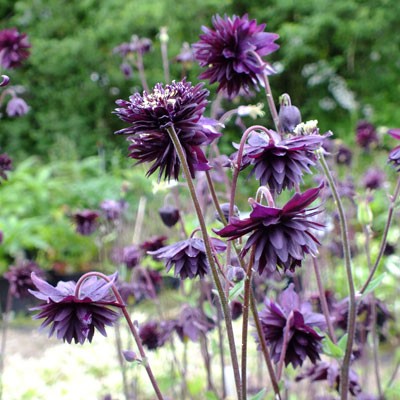


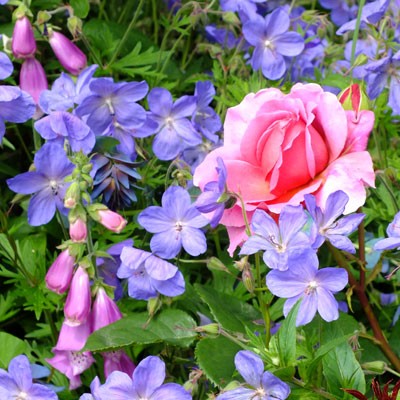
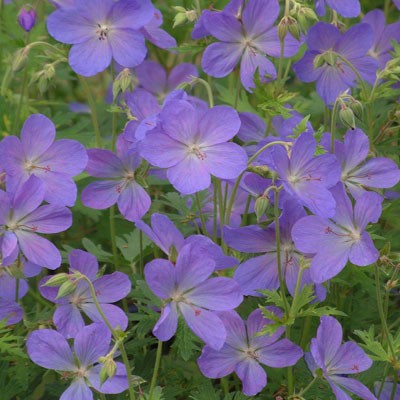
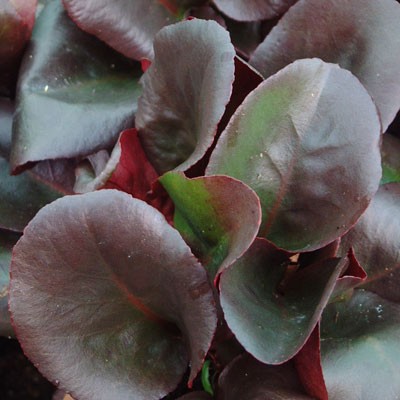
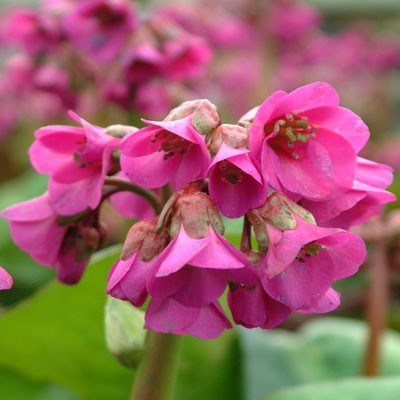
Reviews
There are no reviews yet.